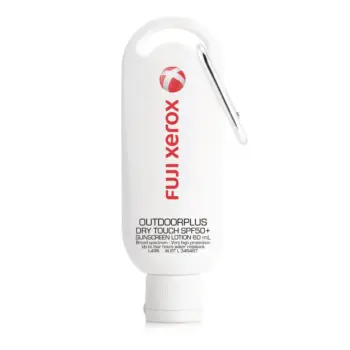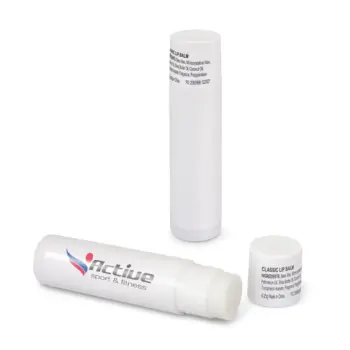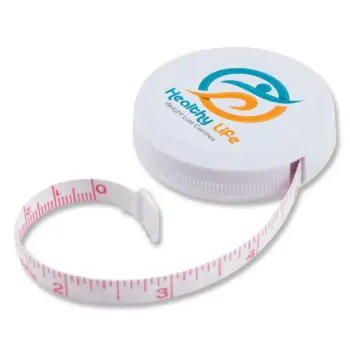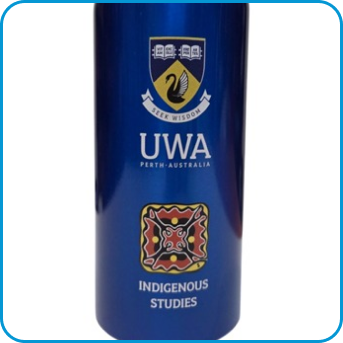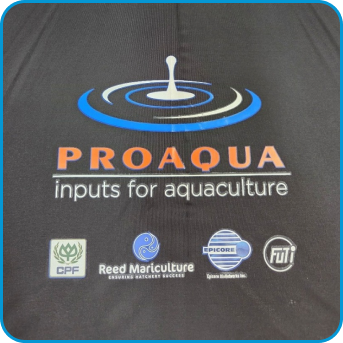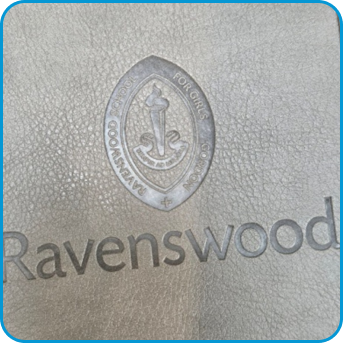Gain Insights From Our Experts
Our Performance: In Supplying Custom-Printed Hoodies
(Financial Year 2024/25 (1 July 2024 – 30 June 2025)
What Are Promotional Hoodies?
Hoodies are high-quality sweatshirts designed to keep the wearer warm. They differ from sweaters due to a hood that can be used to cover a wearer’s head. Available in classic pullover or zip-up styles, these hoodies are made from cotton blends, fleece-lined fabric, or lightweight polyesters, depending on the intended use. When we brand your graphics or logo onto a hoodie, they become “promotional hoodies.”
Options We Stock
We stock hoodies with the following:
- kangaroo pockets,
- drawstring hoods
- Pullover hoodies
- Front Zipped hoodies
Designed to make a significant visual statement (or, if you prefer subtle branding, we can accommodate that too), the hoodies we carry feature a large blank canvas that offers ample space for logos, slogans, and custom graphic designs. This makes them a powerful promotional tool for businesses, schools, teams and organisations looking to make a lasting impression.
What type of Events do we supply to?
Branded hoodies are a versatile marketing tool that is used across various events. This includes:
- University student unions and campus organisations
- Music festivals and cultural events (as merchandise for resale)
- Community outreach programmes and local councils
- Trade shows and industry expos
Why pick pullovers instead of zip-up hoodies for giveaways?
Our experts advise pullovers for events where clear, large-scale branding is required:
- Unbroken print area: Logos can be printed across the chest without being interrupted by a zipper.
- Visibility in crowds: Designs stay clear and easy to recognise at festivals, concerts, and sports events.
- Cost value for giveaways: Pullovers are generally more economical in bulk production, which makes them well-suited for festival giveaways.
Types of Clients We Supply in Bulk
- Non-profit organisations and charity events
- Companies for staff to use as daily wear
- Companies to use as gifts for clients
- Creative arts collectives and design studios
- Tech startups and innovation hubs
- Outdoor adventure clubs and cycling groups
Who We’ve Supplied To
Case Study: A Melbourne Marketing Agency We Worked With
A Melbourne-based marketing agency was launching a new creative campaign and wanted a promotional item to generate long-term brand exposure. They contacted our team, and instead of choosing traditional merchandise, they opted for our promotional hoodies. We customised each with a minimal logo reflecting the company’s identity and aesthetic. The hoodies were given to employees, clients, and influencers. This increased their visibility at networking events, industry conferences, and social media platforms. Recipients loved the comfort, and the design was nothing short of brilliant. The marketing campaign gained more traction as people shared photos of themselves wearing the hoodies online on sites like LinkedIn and Instagram. The result boosted brand awareness and engagement, proving that a well-designed hoodie is a brilliant investment.
How We Custom Brand Them
We personalise hoodies in wholesale volumes using the following techniques:
Tips for Buying
Hoodies aren’t just comfortable—they’re high-impact promotional items. Companies can use them as corporate gifts, distributing them to employees, partners, or customers to reinforce brand loyalty and recognition. They also make excellent fundraiser merchandise, offering a high-value product that supporters are eager to purchase. You may also check out our promotional half-zip sweaters and promotional AS colour hoodies.
Video on Company Hooded Sweatshirts
We created a short clip to show you how custom-printed hoodies may become a brilliant choice for your organisation.
























































 Corporate Uniforms
Corporate Uniforms Eco Apparel
Eco Apparel Hoodies & Sweaters
Hoodies & Sweaters Jackets
Jackets Kids' Clothes
Kids' Clothes Other Apparel
Other Apparel Polo Shirts
Polo Shirts Socks
Socks Shoes
Shoes Sports Bottoms
Sports Bottoms Sports Uniforms
Sports Uniforms Tee Shirts
Tee Shirts Workwear
Workwear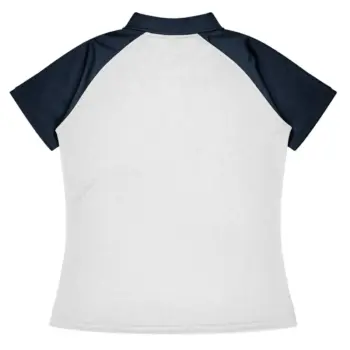
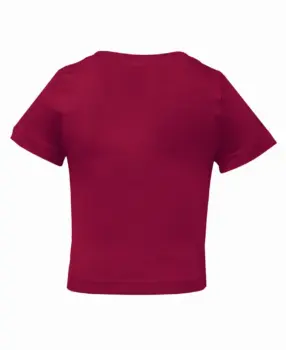
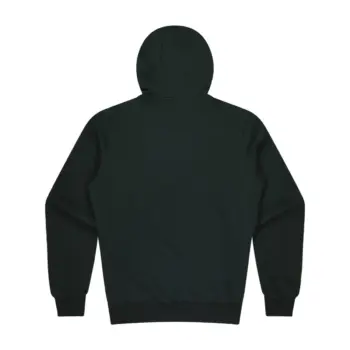
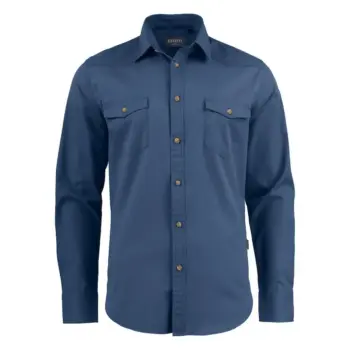
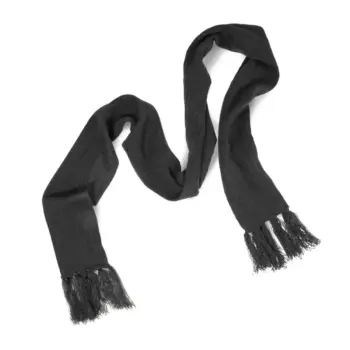
 Briefcases
Briefcases Dry Bags
Dry Bags Laptop
Laptop Satchels
Satchels Specialised Bags
Specialised Bags Tote Bags
Tote Bags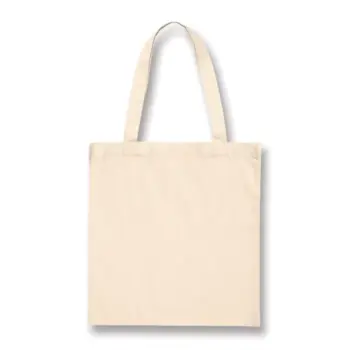
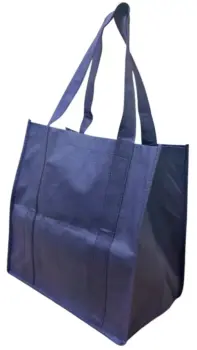
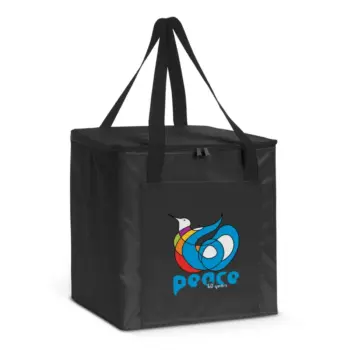
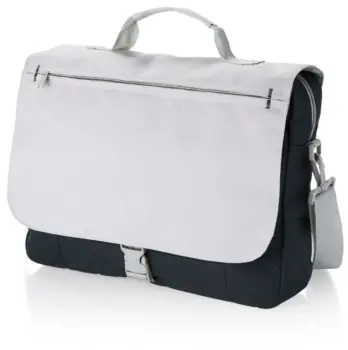
 Beanies
Beanies Caps
Caps Straw Hats
Straw Hats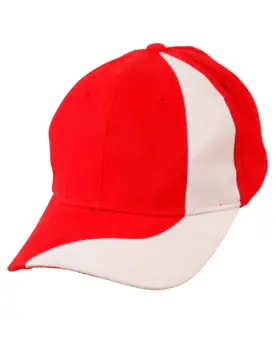
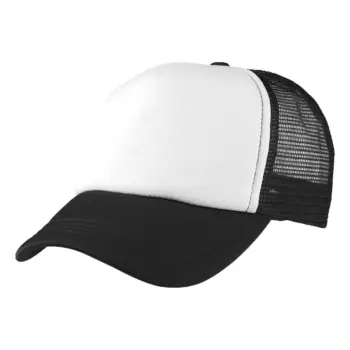
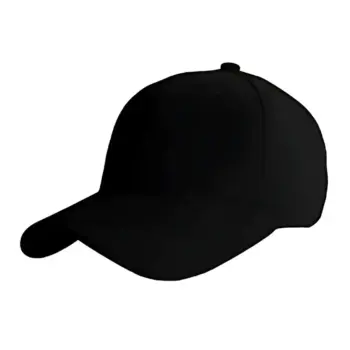
 Drinkware Gift Sets
Drinkware Gift Sets Glass & Poly Cups
Glass & Poly Cups Mason Jars
Mason Jars Stubby | Bar & Drinkware
Stubby | Bar & Drinkware Wines
Wines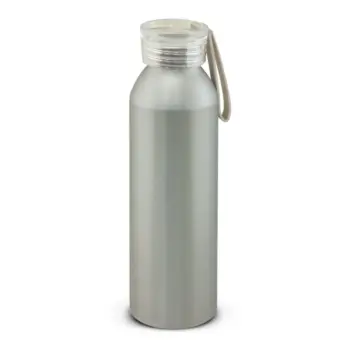
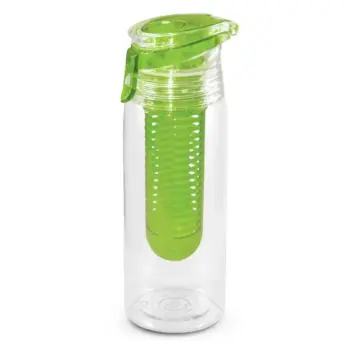
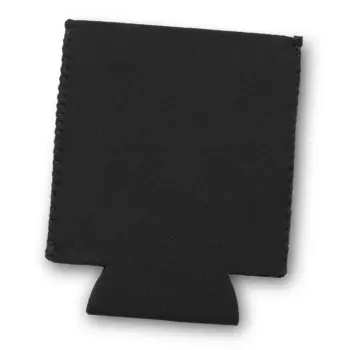
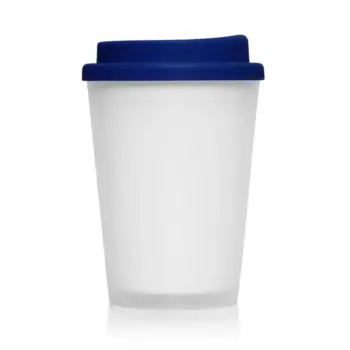
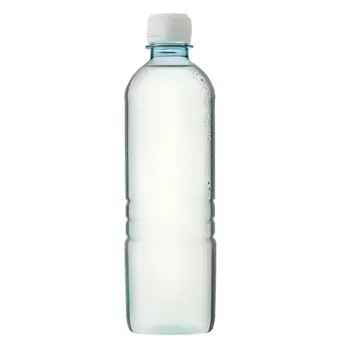
 Business Card Holders
Business Card Holders IT Gift Sets
IT Gift Sets Tech Computers
Tech Computers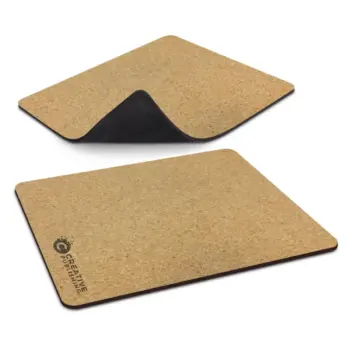


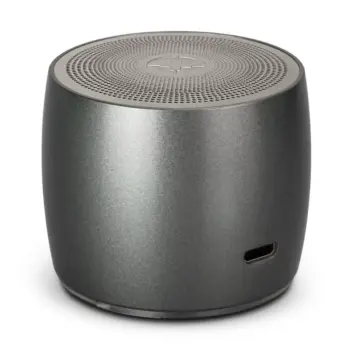
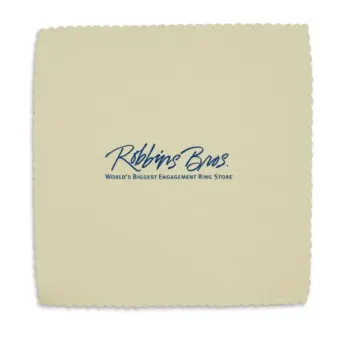
 Beach Towels
Beach Towels Blankets
Blankets Car Accessories
Car Accessories Golfing & Accessories
Golfing & Accessories Lighters
Lighters Picnic Gear
Picnic Gear Sports Items
Sports Items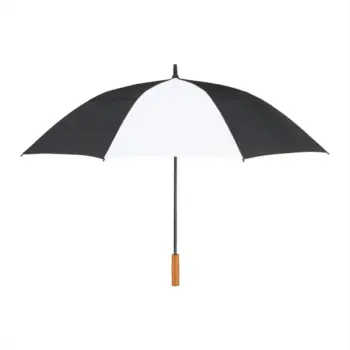
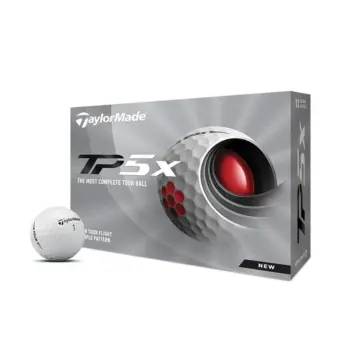


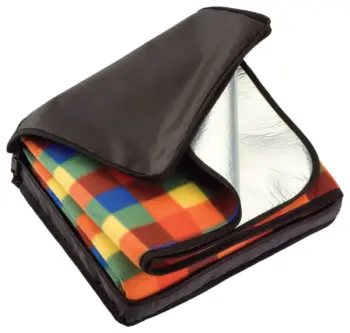
 Markers
Markers Post-It & Sticky Notes
Post-It & Sticky Notes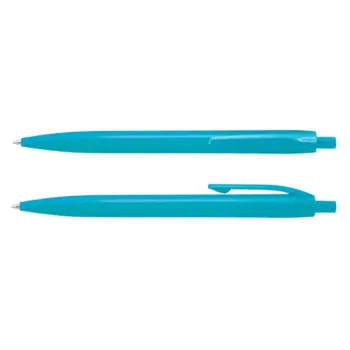
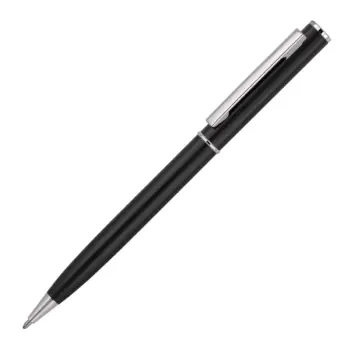
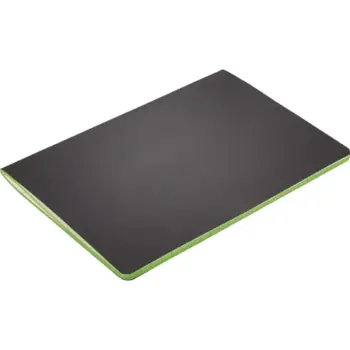
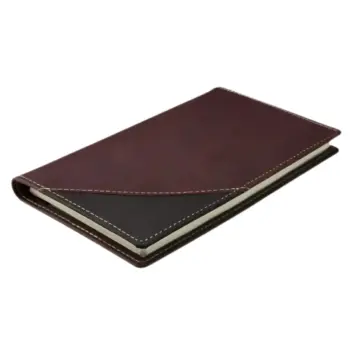
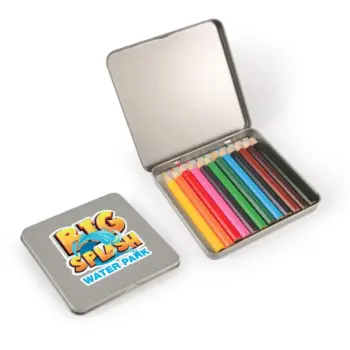
 Card Decks
Card Decks Coin Banks
Coin Banks Conference Toys
Conference Toys Event Toys
Event Toys Frisbees
Frisbees Games & Puzzles
Games & Puzzles Kids
Kids Plush Toys
Plush Toys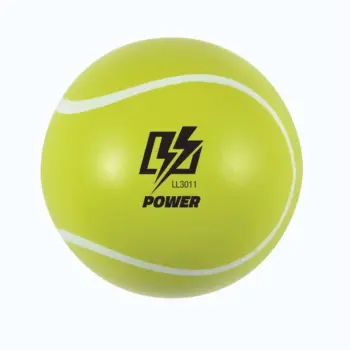
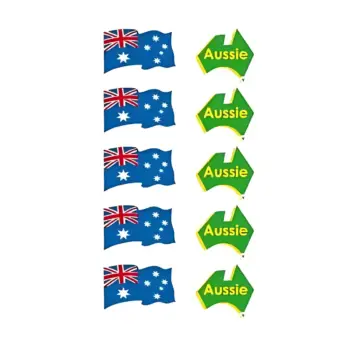

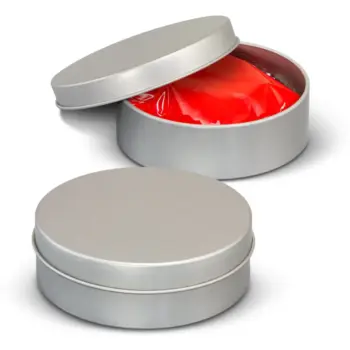
 Print | Signage
Print | Signage
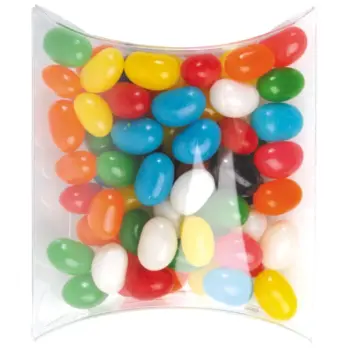
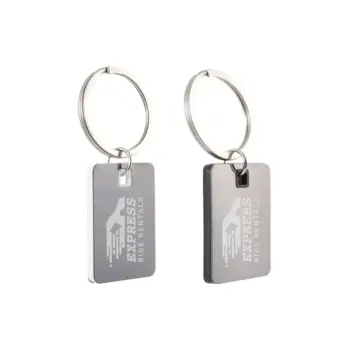


 Antibacterial
Antibacterial Eco Products
Eco Products Gift Box Sets
Gift Box Sets Homeware
Homeware Pet Products
Pet Products Personal Care
Personal Care Occasion Ideas
Occasion Ideas